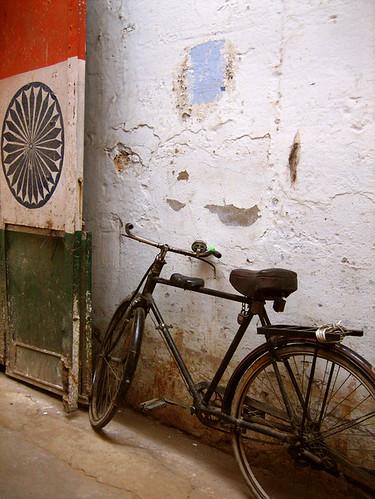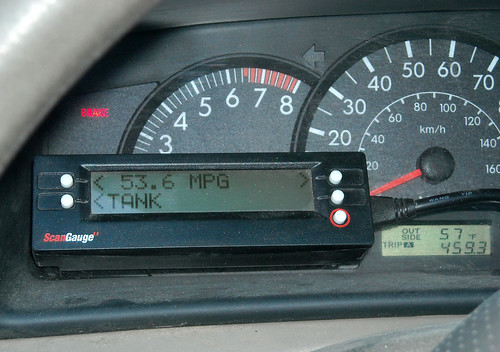New Delhi to promote cycling for green healthy environment
NEW DELHI (Xinhua) — Promoting bicycle as a green and healthy mode of transport, leaving their cars behind, New Delhi residents will for the fourth consecutive year, be all set on a Heritage Cycling Ride Sunday morning.
The event, sponsored by Delhi Cycling Club, was started in October 2006 by Institution for Transportation and Development Policy (ITDP), a non-government organization, engaged in research and advocacy for green, sustainable, and equitable traffic and transportation policies and programs.
According to ITDP website, membership of the club is free and open to all the cycling enthusiasts concerned about road safety, environment, climate change, and health and fitness.
To spread the message, the Delhi Cycling Club has formed a google group, says Rajendra, event coordinator for Delhi Cycling Club.
During the 10-kilometer ride, cyclists will stop at several historic monuments. This will help people learn about the heritage and historical monuments of Delhi in an interesting, educative and enjoyable way, the google group information about the club says.
Click here to read the entire article.














